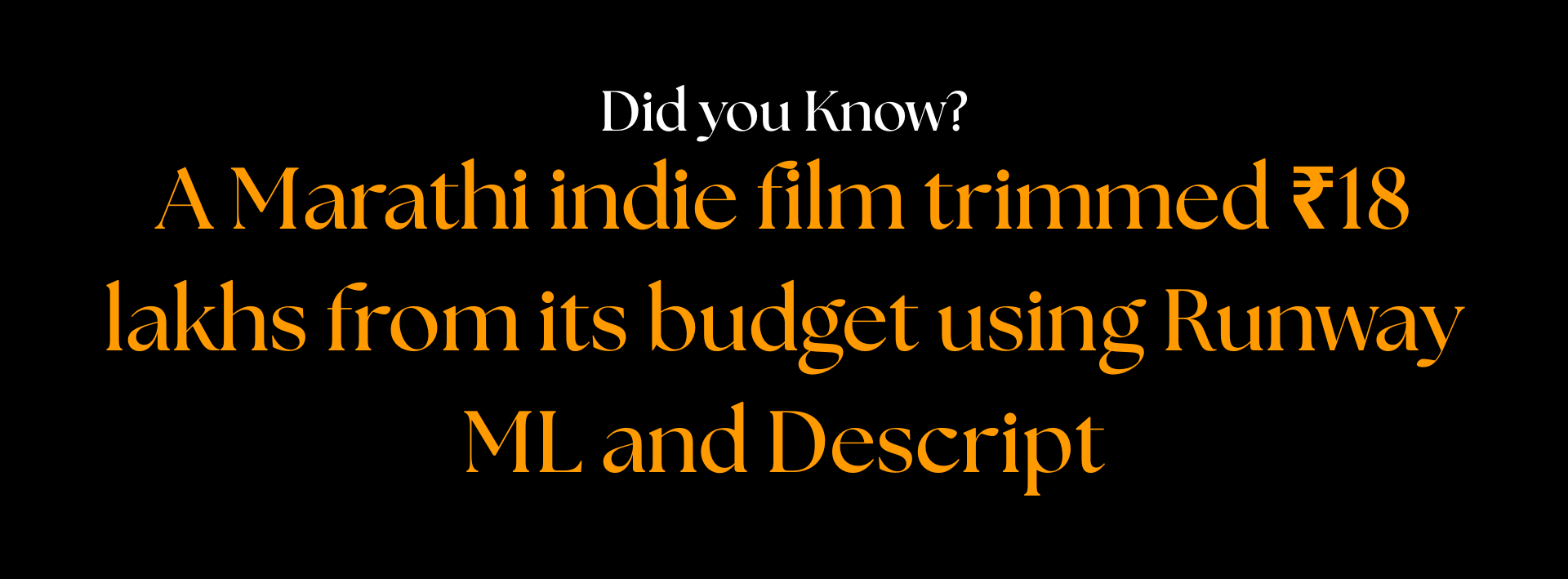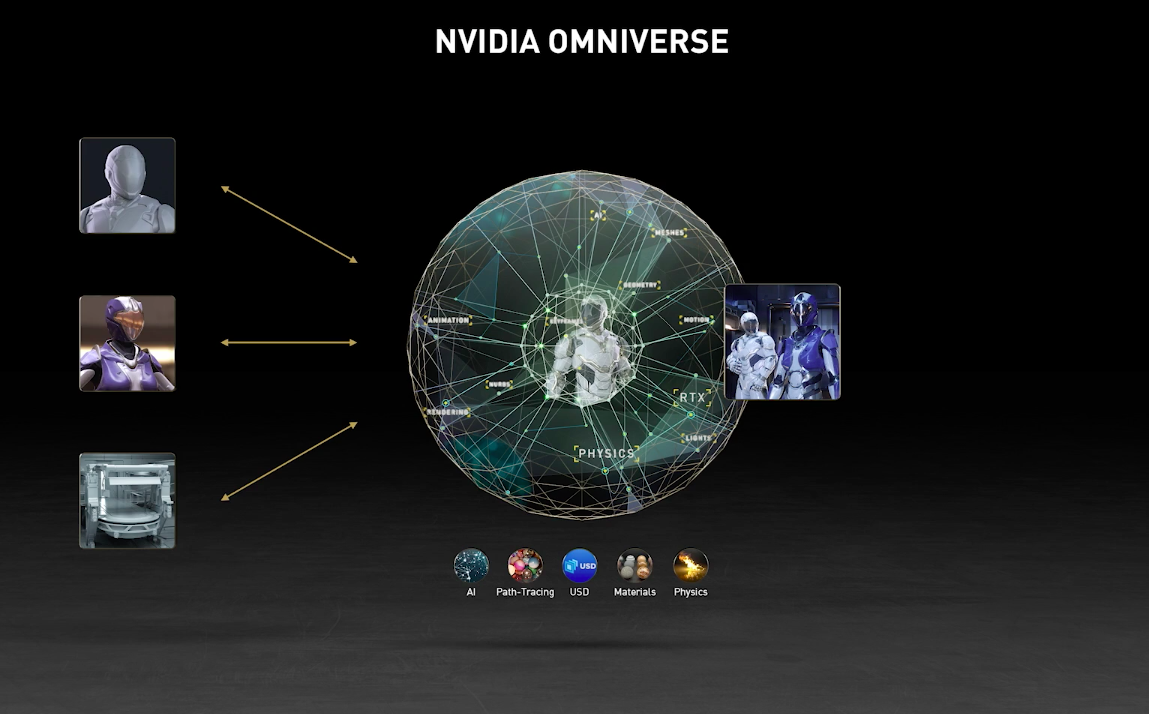Indian Films and AI: Build,Break & Remain

Not a tool. A filter. Not the future. A reckoning.
AI doesn’t replace creativity.
It replaces every system that pretended to be creative.
In Indian film production—where chaos is often pitched as spontaneity, and excess as vision—AI is neither a threat nor a gimmick. It’s a pressure test. And it’s already ripping through the scaffolding.
This isn’t theory. This is what AI is doing, failing to do, and quietly threatening to erase.
Where AI Works
1. Pre-Production That Doesn’t Bleed Time
Call sheets, location batching, calendar optimization, contract syncing—AI now handles it in hours, not weeks.
A Mumbai line producer used AI-backed scheduling to shave 4 shooting days off a 35-day schedule. Budget impact: ₹22L saved. Zero missed shifts.
2. Script Breakdown and Shot Listing
Celtx AI, Scenebot, StudioBinder—already capable of flagging lenses, scenes, lighting patterns.
Moodboards, tone tags, prop prediction—all streamlined. Especially critical for lean productions building big looks on tight time.
3. Editing Support
Auto-sync, facial recognition, scene tagging.
Runway ML and Adobe Sensei are not futuristic—they’re operational.
A documentary team in Kochi used AI-assisted B-roll indexing to finish rough assembly 3 weeks ahead of deadline.
Still: no tool knows which cut breathes before a breakdown. Editors do.
4. VFX Pre-Vis
Matte painting. Auto rotoscoping. Quick renders. Asset previews.
What used to take ₹10L and 6 weeks is now ₹2L and 3 days—with the same visual placeholder.

AI Tools to Kick Start your Production
PRE-PRODUCTION
1. ChatGPT (Free + Paid)
- Use: Brainstorming story ideas, generating beat sheets, location scouting lists, basic budget breakdowns.
- Indian Relevance: Great for first-draft ideation, script structuring for indie filmmakers.
- Paid Tier Perk: GPT-4 access for better formatting, breakdowns, and tone matching.
2. Runway Gen-3 (Free limited + Paid)
- Use: AI video generation from text prompts for pitch decks, previ scenes.
- Indian Relevance: Short films and pitches for regional cinema or ad films.
- Free Tier: Watermarked, limited resolution.
PRODUCTION & VIRTUAL SHOOTING
3. Cuebric (Paid)
- Use: AI-generated 2.5D environments for virtual production.
- Indian Relevance: Replace location costs for fantasy/historical films with budget VFX.
- Cost: Pricing on request (studio-level licensing).
4. NVIDIA Omniverse (Free for individuals)
- Use: Virtual set design, AI-powered scene planning with real-time physics and lighting.
- Indian Relevance: Indie productions using LED walls or Unreal Engine pipelines.
- Free Tier: Full individual use.

POST-PRODUCTION
5. Descript (Free limited + Paid)
- Use: AI video editing, transcript-based editing, overdub voice correction.
- Indian Relevance: Great for documentaries, behind-the-scenes reels, interviews.
- Paid Tier: ₹1,000–₹1,500/month for full access
Where AI Flatlines
1. Writing
It can format a screenplay. It cannot feel its risk. It can suggest a twist. It cannot bury one. AI is excellent at mimicking what already exists.
That’s why it threatens formula writers—and no one else.
It can help with:
- Beat structuring
- Temp dialogue
- Format checks
- Draft iteration
But it cannot write voice.
If you had none, yes, it will replace you.
2. Directing and Acting
AI can build a shot path.
But it can’t tell when the actor’s mistake saved the moment. It can simulate warmth. It cannot sense tension.
It can’t whisper to a DOP mid-shot and change the scene’s entire psychology.
3. Emotional Editing
AI cuts for rhythm. Editors cut for rupture. If you think precision equals power, you don’t understand story.
4. On-Ground India
AI needs predictability. Indian sets need rain plans.
We don’t film in order. We shoot between blackouts, budget shocks, and actors flying in at 2:17 PM instead of 10:00 AM.
AI hasn’t mapped that. And it won’t.
What AI Will Wipe First
1. Entry-Level Buffer Roles
Interns logging takes? Gone.
Second-assist editors syncing rushes? Almost obsolete.First break will now require actual opinion, not task mimicry.
2. Post Timeline Expectations
Studios will expect faster post.“You have AI, right?” will become a budget note.
Speed will become minimum. Quality remains non-negotiable.
3. Visual Development Overload
DOPs will face AI-generated deck pressure.Everyone will expect pre-vis. The question will be: can you out-imagine the bot?
AI doesn’t replace vision. It crowds the pitch room.
4. Screenplay Commodification
Here’s the silent war:
- AI builds generic outlines.
- Producers assign ghostwriters to polish them.
- Voice is stripped. IP is retained.
- Original writers are cut out from the contract chain.
If you don’t defend your authorship now, someone will teach the algorithm your patterns and sell them back to you.
The Real Tension
Young tech-forward ADs pushing AI into legacy-run camera teams.
Post houses demanding faster cuts from editors while refusing to shift the review chain.
Writers told to “neutralise tone” because the heatmap says Marathi sarcasm won’t land in Tier 3.
This isn’t workflow evolution. It’s cultural rupture.
What AI Will Never Do
- Smell a fake rewrite
- Hold a pause longer because your gut said so
- Choose grain over clarity for emotional reasons
- Make a cut that makes an actor cry
- Write a line so specific it rewires your day
AI is not the new god.
It’s the new accountant. And it’s tallying every excuse you’ve used to delay doing the real work.

Final Word
AI is not here to steal your job.
It’s here to expose if you ever had one.
If you were building ideas, protecting tone, taking narrative risk—you’re fine.
If you were bloating timelines, hiding in jargon, or faking insight—the audit has arrived.
It’s not a revolution. It’s an X-ray.
The question isn’t whether AI will change the industry.
It already has.
The real question is:
Will it find you real—or replaceable?

